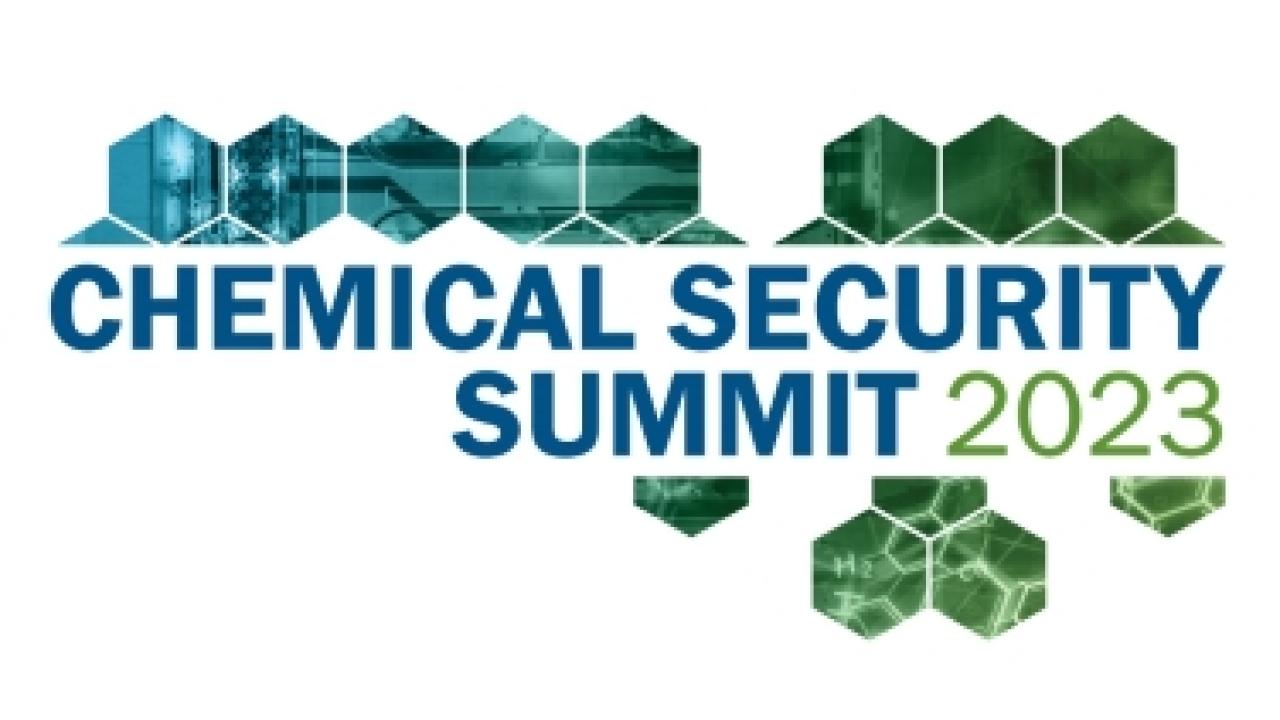CISA Chemical Security
Overview
CISA Chemical Security is a subdivision within the Infrastructure Security Division of the Cybersecurity and Infrastructure Security Agency (CISA) responsible for implementing the Chemical Facility Anti-Terrorism Standards (CFATS), the nation’s program to regulate security at high-risk chemical facilities, and a proposed Ammonium Nitrate Security Program.
In addition, Chemical Security manages the ChemLock program, a completely voluntary program that provides facilities that possess dangerous chemicals with no-cost services and tools to help them better understand the risks they face and improve their chemical security posture in a way that works for their business model.
Mission
To further the Infrastructure Security Division's mission of enhancing security and resilience for the nation's critical infrastructure, CISA Chemical Security leads the nation's effort to secure America's high-risk chemical facilities and prevent the use of certain chemicals in a terrorist act on the homeland through both the systematic regulation, inspection, and enforcement of chemical infrastructure security requirements, and by assisting and encouraging chemical facilities that do not fall under the CFATS program to enhance their chemical security posture.
Chemical Security Programs

Chemical Facility Anti-Terrorism Standards (CFATS)
As of July 28, 2023, Congress has allowed the statutory authority for the CFATS program (6 CFR Part 27) to expire. Therefore, CISA cannot enforce compliance with the CFATS regulations at this time.

ChemLock
A voluntary program that provides facilities that possess dangerous chemicals with no-cost services and tools to help them better understand their risks and improve their chemical security posture in a way that works for their business model.

Ammonium Nitrate Security Program (ANSP)
The ANSP is a proposed regulatory program that seeks to reduce the likelihood of a terrorist attack involving the misuse of ammonium nitrate by creating a registration program for purchasers and sellers.

Chemical Security Summit
The Chemical Security Summit is the signature U.S. event focused on chemical security collaboration across the public and private sectors that work with potentially dangerous chemicals. Select presentations from the 2023 Summit have been posted.
Contact Information
For questions about CISA's chemical security regulatory programs, the CFATS program and the Ammonium Nitrate Security Program, please email CFATS@hq.dhs.gov.
For questions related to CISA's voluntary chemical security program, ChemLock, please email ChemLock@cisa.dhs.gov.
For questions related to the Chemical Security Summit, please email ChemicalSummitReg@hq.dhs.gov.




